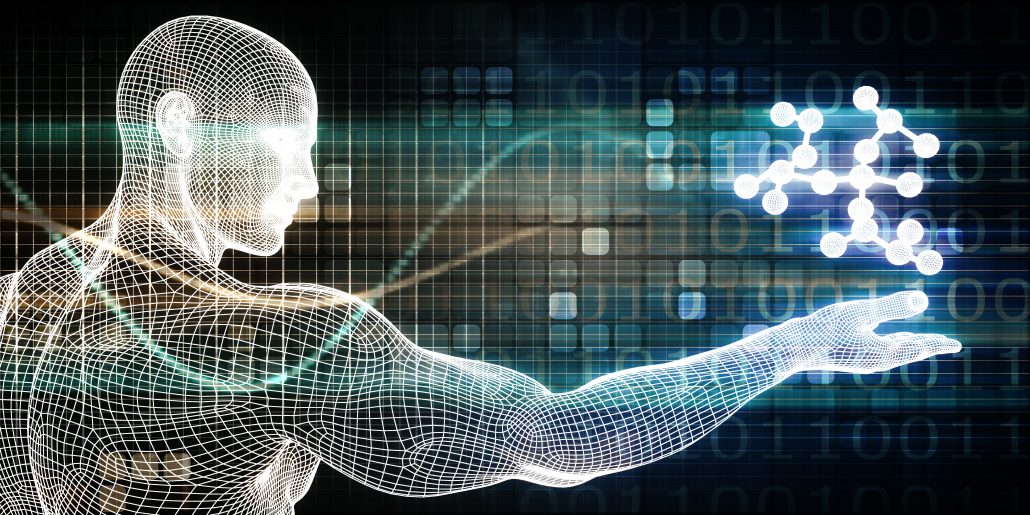
A groundbreaking study reveals the mapping of 50,000 i-Motifs in the human genome, shedding light on previously unexplored structures in DNA. This discovery opens new doors to genetic regulation, potential disease treatments, and advanced genomic research.
Unlocking New Dimensions of DNA: 50,000 i-Motifs Mapped in Human Genome
Introduction: Beyond the Double Helix
Most of us learn that DNA has a twisted ladder shape, called the double helix. But recent research shows that DNA can take on other forms, too. One of the most exciting discoveries is the i-motif. These unique shapes could help us understand how genes work and how diseases, like cancer, begin.
What Exactly Is an i-Motif?
i-Motifs are special shapes that DNA can form. They happen when parts of DNA with a lot of the base "cytosine" fold in on themselves. Instead of the usual two strands, i-motifs have four strands. Scientists used to think these shapes only happened in lab settings under acidic conditions—not inside our bodies. But we now know they can form in real human cells.
Major Finding: 50,000 i-Motifs Found in Human DNA
A group of scientists from the Garvan Institute of Medical Research found over 50,000 i-motifs across the human genome. They used a specially designed antibody to spot i-motifs in different types of cells. Their findings were published in The EMBO Journal, marking the most detailed study of these DNA shapes so far.
Where Are i-Motifs Found?
In promoter regions, where gene activity begins
Near oncogenes like MYC, which can cause cancer when overactive
During certain stages of the cell cycle, especially when cells are growing or dividing
These locations suggest that i-motifs aren’t random—they probably help control how genes work.
Why Do i-Motifs Matter?
Gene Control: They might turn genes on or off.
Cell Division: They seem active during cell growth and repair.
Disease Connection: Because they’re near genes linked to cancer, they might help us understand or treat those diseases.
A New Way to Target the MYC Gene in Cancer
The MYC gene is involved in many cancers, but it’s been really hard to develop drugs that stop it. Scientists now think that targeting i-motifs near the MYC gene might be a new approach to control its activity. This could lead to better cancer treatments.
New Tools That Made This Study Possible
Custom Antibodies: Designed to only bind to i-motifs
iM-IP-seq: A method to find i-motif locations in DNA
Purified DNA Samples: Used to get clearer results during experiments
Thanks to these tools, scientists can now explore new layers of DNA that were hidden before.
How i-Motifs Could Help in Medicine
Because i-motifs are found in important parts of the DNA, they could be useful for:
Early Disease Detection: Doctors might use them as markers to find diseases early
New Medicines: Drugs could be created to interact with i-motifs and change how genes behave
Personalized Treatment: Treatments could be tailored based on where a person’s i-motifs are located
What’s Next in i-Motif Research?
Scientists still have a lot of questions, like:
How exactly do i-motifs affect gene activity?
How are they connected to epigenetics, which is how genes are turned on or off without changing the DNA code?
How do they interact with proteins and RNA in cells?
Can we use this knowledge in actual medical treatments?
Rethinking What DNA Can Do
This discovery shows us that DNA isn’t just a static code—it’s flexible and dynamic. i-Motifs are part of that flexibility. Understanding them helps us learn how genes work at a much deeper level.
Why This Matters for UPSC Aspirants
UPSC students should take note because this topic is relevant for:
GS Paper III: Science and Technology
GS Paper II: Public Health and Advances in Medicine
Essay Writing: Topics like “Genetics and the Future of Healthcare” or “Understanding DNA Beyond the Double Helix”
MCQs
Q1. What are i-motifs?
(a) Triple-stranded RNA found in plants only
(b) Protein-DNA structures involved in immunity
✅ (c) Four-stranded DNA shapes found in cytosine-rich areas
(d) RNA fragments that control protein folding
Q2. Which tool was key in finding i-motifs in the human genome?
(a) CRISPR-Cas9
(b) DNA Fingerprinting
✅ (c) Custom-built antibodies
(d) PCR test
Q3. Why is the MYC gene important in i-motif research?
(a) It helps build muscle mass
✅ (b) It is a cancer-related gene that's hard to target with drugs
(c) It helps the immune system fight bacteria
(d) It stops DNA damage
Q4. Which statement is true about i-motifs?
They only form in acidic lab conditions.
They are connected to genes active during specific cell phases.
(a) Only 1
✅ (b) Only 2
(c) Both 1 and 2
(d) Neither 1 nor 2
Q5. What is one key reason i-motifs are medically important?
(a) They help repair bones
✅ (b) They are located near genes linked to diseases
(c) They produce red blood cells
(d) They are found only in viruses
11-Jul-2025 02:29 PM
Explore the fascinating structure, origin, and dynamics of our Earth—from...
11-Jul-2025 02:18 PM
Understand the vital role of lysosomes and cellular transmission in...
11-Jul-2025 01:48 PM
A concise and exam-focused overview of Plasmolysis and Protoplasm, covering...
04-Jul-2025 12:46 PM
India’s education system is undergoing a major transformation to prepare...
02-Jul-2025 02:51 PM
Recent research suggests that the transfer of genes between fungi...
05-Jun-2025 04:30 PM
The Draft GEI Target Rules 2025 outline India's roadmap to...
Leave a Comment